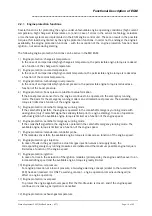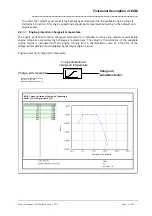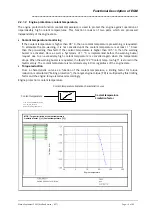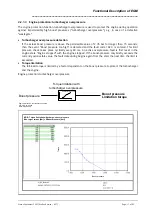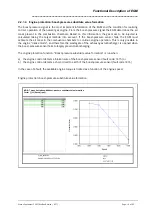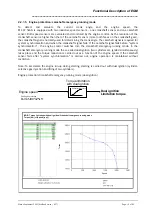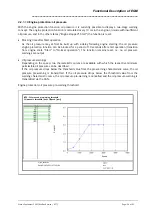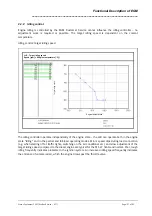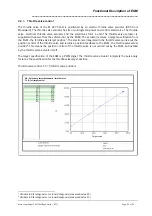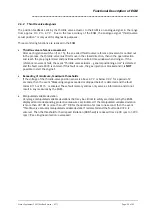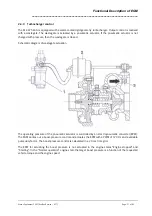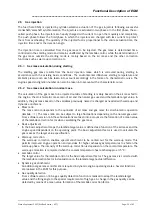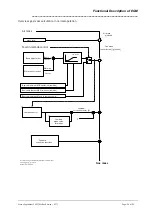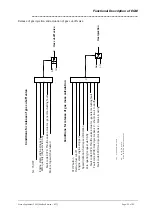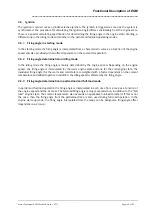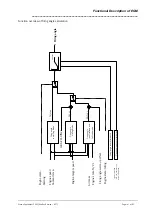
Functional Description of EGM
_____________________________________________________________________
Status September 2003 (EvoBus-Service / AFT)
Page: 28 of 83
2.3
Engine state detection
The engine state detection is a central part of the EGM torque control. The engine state detection is used
to determine the current
engine state
2
.
This is checked every 10 ms. Based on the determined engine state, the related functions for calculating
the target torque, and with it all other variables, are then worked through. In the current engine state,
invalid functions are reset or remain in a defined state. The engine state is understood as the strategy for
engine filling, gas injection and ignition. If the engine state changes, initialisations are carried out in some
cases.
The following engine states are differentiated:
Engine stopped
no gas injection, no ignition,
gas cut-off valve closed
Engine starting
time-controlled cylinder filling and gas injection
Normal operation
Idling
3
, partial load
4
or full load
5
torque-based operation
The individual state is determined here with the engine speed.
•
Engine state "
Engine stopped
"
The EGM detects this state when the engine speed is less than 51 rpm.
•
Engine state "
Engine starting
"
The engine state changes from the "Engine stopped" state to the "Engine starting" state as soon as
the engine speed is greater than or equal to 51 rpm.
The engine state changes from the "Normal operation" state to the "Engine starting" state as soon as
the engine speed is less than 71 rpm (starter DOES NOT engage).
The engine state "Engine starting" is an operating mode controlled according to a fixed sequence. The
torque request has no effect. Due to the selected speed values for the engine state change, the
engine is also in the starting mode in the normal-operation engine state, as the starter speed
considerably exceeds the limit for the state change.
•
Engine state "
Normal operation
"
In the remaining speed range the normal-operation engine state is detected. In this state the states
idling, partial-load and full-load operation
are also differentiated in dependence on the
target
engine torque (FR)
6
. If the target engine torque (FR) is less than 150 Nm, then idling is detected. If
the target engine torque is greater than or equal to 150 Nm, then partial load is detected (the full-
load state does not exist).
2.4
Cylinder filling
To control the filling of the combustion chambers with fresh gas, the throttle valve and the boost pressure
must be controlled and regulated in accordance with the target torque specification, the engine speed
and the engine state.
2
Variable in Star diagnosis or on-board diagnosis (binary value 1, bit 0 and 1)
3
Größe in Star-Diagnosis bzw. On-Board-Diagnose (Binärwert 1, Bit 2 und 3)
4
Größe in Star-Diagnosis bzw. On-Board-Diagnose (Binärwert 1, Bit 4 und 5)
5
Größe in Star-Diagnosis bzw. On-Board-Diagnose (Binärwert 6, Bit 0 und 7)
6
Variable in Star diagnosis or on-board diagnosis (measured value 1)

